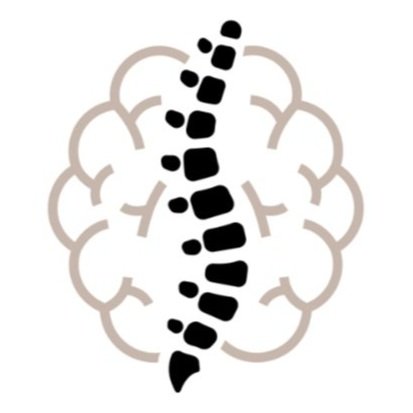How does Hip Mobility and Pelvic Alignment Impact the Pelvic Floor?
After Cara’s blog post from last week, I was inspired to dive a little deeper into hip rotation and its importance for pelvic floor function!
Anatomically, there is no denying the proximity between our hip joints and the pelvic floor. But how do they work together? There are several muscles that attach the femur to the pelvis, and all of these muscles can directly impact pelvic floor function. Because of this, some experts (including me) classify a few of these deep hip muscles as part of the pelvic floor!
Our deep hip rotators include:
Piriformis
Superior and Inferior Gemellus
Obturator Internus and Obtuartor Externus
Quadratus Femoris
Sometimes when the glutes are weak, the deep hip rotators will take over to try to create stability within the hip joint. When these tiny muscles continue to do the job our (much larger) glutes should be doing, they become shortened and irritated. This can lead to problems that may disguise themselves as hip or back pain, but could actually be considered a pelvic floor issue.
Pelvic floor dysfunction disguised as hip problems:
tailbone pain
deep gluteal pain
lateral hip pain
pain in the ischial tuberosities (sitz bones)
SIJ pain
low back pain
But how can we address these problems? Working on hip mobility and pelvic alignment is a good place to start! Having adequate hip external rotation (between 40-60 degrees) will allow for good activation of glute muscles and can help improve stability at the hip joint, as well as down the chain in the knee and ankle.
Internal rotation should be between 35-45 degrees, and allows for optimal pelvic positioning which can reduce strain on the pelvic floor, make it easier to do a pelvic floor contraction (kegel), and even reduce incontinence! Everyone’s body is different, so the ranges that I stated above for “normal” hip range may look different for you. It is more important to note any major differences side to side, which will provide insights into your pelvic alignment.
There are a lot of reasons we may be lacking hip rotation. It is important to rule out fractures, labral tears, arthritis, or any bony abnormalities that can limit hip mobility before trying to improve range of motion. Physical therapists are trained in differential diagnosis and know when to refer you to other providers for imaging or further testing, which makes PT a great place to start if your hips feel stiff.
Our bodies have natural asymmetry, so you may notice that some of the exercises we give in our clinic are only performed on one side. This is to help improve the alignment of the pelvis and get all muscles firing like they should. Once your pelvis knows how to remain neutral, we get into all that traditional strength training that we know and love!
If you feel like your hips are stiff and you’ve tried every stretch on the planet, come try something new with us! Use the button below to book a free phone consult, find out how we can help, and schedule your evaluation. If you just can’t wait to improve your hip mobility, check out our new reels on instagram with 2 exercises to help improve hip internal and external rotation!

